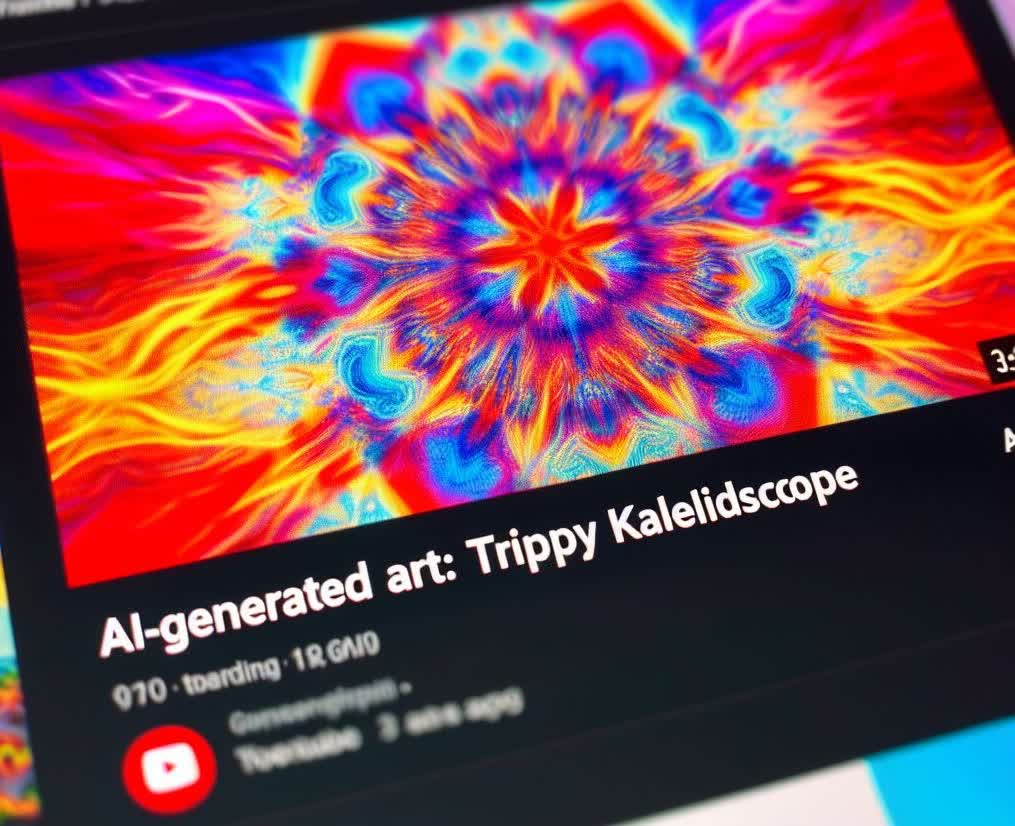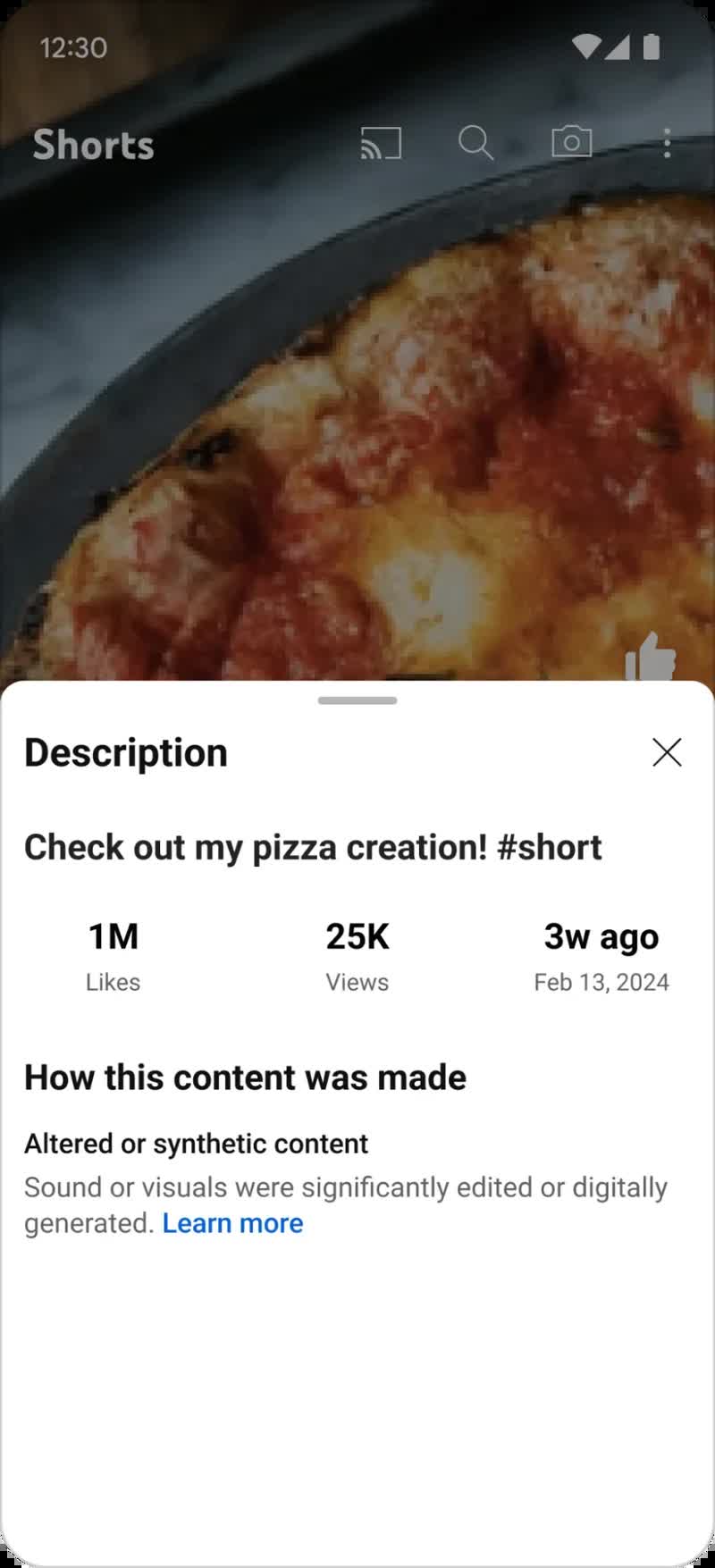
What just happened? Images and videos created by generative AI are everywhere, including YouTube. To ensure viewers know if what they are watching includes the use of the technology, the platform has introduced new rules that require creators to label the content as synthetic or altered, though there are exceptions.
Google-owned YouTube announced in November that it would introduce updates that inform viewers when the content they are seeing is synthetic. Now, the disclosure requirements and new content labels are being rolled out.
The new feature comes in the form of a tool in Creator Studio that allows creators to select whether their content makes a real person appear to say or do something they didn’t say or do, alters footage of a real event or place, or generates a realistic scene that didn’t actually occur.
Another section states that the realistic sounds or visuals made with AI or other tools must also be disclosed for the sake of transparency.
Some examples of what must be disclosed include digitally replacing the face of one individual with another or synthetically generating a person’s voice to narrate a video, the latter of which is becoming especially popular on YouTube. Another example is making it appear as if a real building caught fire, or showing a realistic depiction of fictional major events, such as a tornado hitting a town.
YouTube says it does not require creators to disclose anything that is clearly unrealistic, animated, includes special effects, or when generative AI is used for production assistance. That means color adjustments, special effects like background blur and beauty filters, and using AI to generate scripts, content ideas, or automatic captions are all okay.
If a user confirms the presence of altered content in a video, viewers will see a tag that says it was made with altered or synthetic content. Clicking the label will show which parts were made using AI.
YouTube said it may add the label itself even if creators don’t, especially if the synthetic material can confuse or mislead people. Those who persistently ignore the new policy could be suspended from the YouTube partner program or have their content removed.











